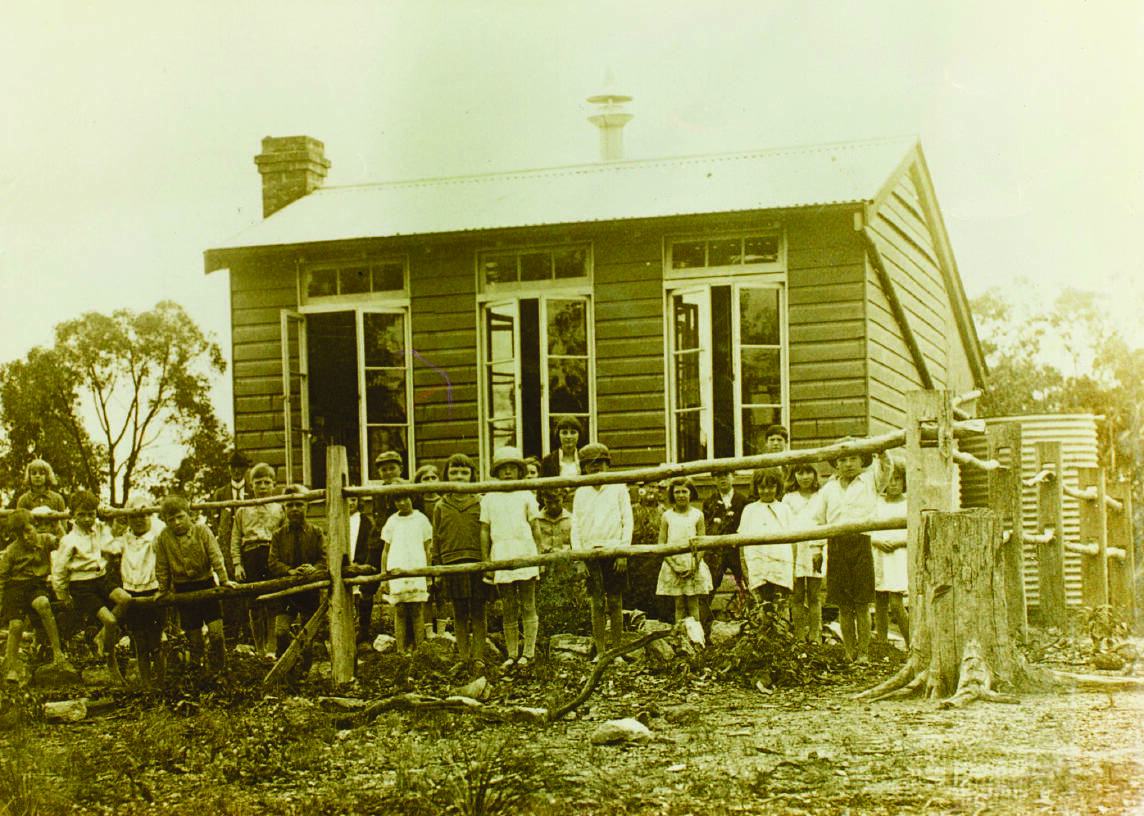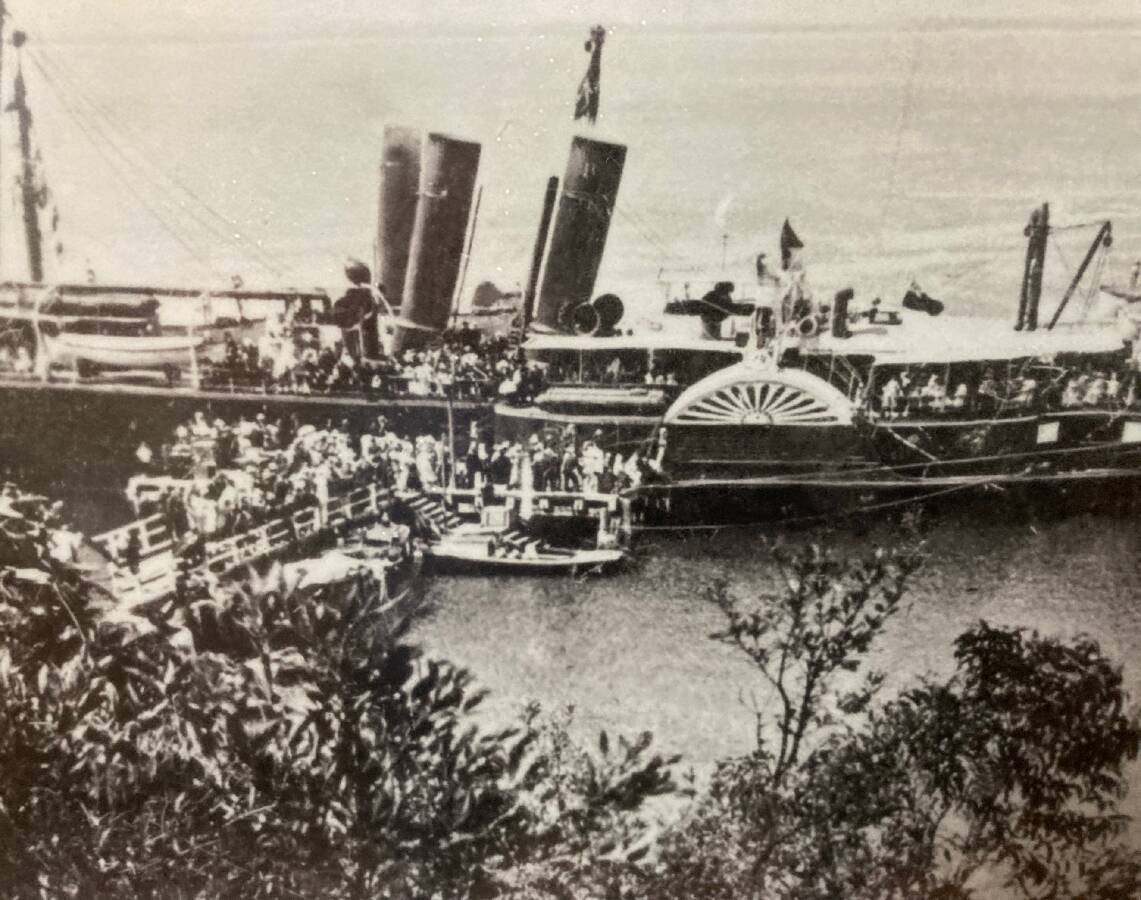
TIME heals most wounds but many Hunter tragedies are incredibly hard to forget.
And yet, some can somehow slip between the cracks over time and, sadly, become almost unknown in the present day. That's the stark reality of one horrific Lake Macquarie tragedy that occurred late in February, 81 years ago.
Lake author and Weekender reader Doug Saxon brought it to my attention recently, but more about that in a minute.
The bare bones of the story concern the freak, fatal burning of five children by a flare-bomb explosion at Scarborough, apparently an old name for Lake Macquarie's Bonnells Bay, on Saturday, February 27, 1943.
It seems the hapless victims found an unexploded RAAF flare-bomb on the water's edge.
According to one news report, the bomb exploded after one or more curious children apparently removed part of the mechanism, emptied the explosive contents on the ground and (it is assumed) threw a lit match on the heap.
An air force spokesman agreed it was possible the flare-bomb could have been dropped from an aircraft during practice. However, he said the RAAF Directorate of Public Relations had several times warned against people handling objects found on beaches.
The tragic accident occurred during World War 2, remember, when aerial mishaps may have been frequent because of the sheer number of exercises being conducted to bring training crews up to scratch.
All five accident victims were buried in a common grave at Sandgate Cemetery. Young school and church friends of the five children killed acted as pallbearers and marched with their funeral procession.
The reason the tragedy is still not well-known today is possibly because it was overshadowed by daily news reports from various overseas war fronts, in the Middle East and the Pacific, dominating the headlines.
The horrifying tragedy, according to the father of two of the victims, was the result of the children bringing home the flare-bomb, emptying its powder in a heap in the yard, and igniting it.
"They came running towards us in flames," the grief-stricken father recalled. Seconds earlier there had been a dull explosion and he had raced outside to see the children enveloped in flames.
The joint funeral of the young victims was reported to be the largest ever seen in the district. The most touching scenes were as the five coffins were lowered, side by side, into the ground.
At the funeral service, amid outrage from those present, the ghastly deaths were referred to as war casualties, as much as adult servicemen scouting ahead of an army in order to clean up minefields, except that adults in war knew full well the dangers they faced and weren't unsuspecting children.
This was a reference to how the children met their fate. Some 90 per cent of the skin of two of the victims was burnt off.
The children, all friends, came from Waratah and Millers Forest. The families had been spending the weekend together. The children's ages ranged from four to 15 years.
The oldest severely burnt boy, Barry, told his father: "Don't worry dad. I will be all right."
And today's tragic story only re-emerged from the mists of history by chance, according to author/historian Doug Saxon. He contacted Weekender to say that in 2012 he was asked to write a history of Bonnells Bay School which was celebrating its centenary.
"Sometime after the book was published I was contacted by a Mrs Ena Harries who wanted a copy. She had attended Morisset East School for a few months around 1937-38 because of a diphtheria outbreak in Newcastle," Saxon said.
A few years ago, Mrs Harries then sent Saxon a personal account, with some newspaper clippings, of the horrendous incident in February 1943.
Ena Harries (nee Connor) was 12 at the time and never forgot the lake tragedy, even writing down an account of what she'd seen. While tidying up at home recently, Saxon found her account and passed it on to the Newcastle Herald to commemorate the looming anniversary of the tragedy.
Ena Harries passed away in 2023, aged 92 years. Her graphic eye-witness account of the aftermath of the horror lake incident while living nearby makes harrowing reading.
She said two boys had found a canister washed up against rocks and took it back to their holiday cottage yard. Three girls, also from the same cottage, were busy picking wild blackberries when they were called over to look at the new discovery.
Shortly the quiet of the sunny Saturday afternoon was shattered by a loud noise and a spiral of smoke from a back paddock.
Then she saw a little girl, about four years, standing there. "All her clothes had burnt from her little body - her bare skin hung in strips, black and many colours. I couldn't understand or believe what I was seeing. Her mother arrived, hysterical, and stared at the little girl in horror (the four other children had been similarly burned)."
All the cottages close by had been built in the 1930s Depression and had no electricity, water or transport available. The nearest hospitals were at Newcastle or Gosford, probably 50 miles away. And no one owned a car there in the 1940s.
Someone had an old open truck. Wrapped in sheets, the victims were taken to Morisset East Mental Hospital. The doctor/s on duty were overwhelmed by what confronted them.
"Back then (in 1943), burns were treated with oil and they were lucky to have one bottle, " Ena Harries wrote.
She said the next day, back home, the happy holiday atmosphere was gone. Instead, "an eerie, deserted air hung over the place" and many of the heavy backyard timber sleepers were burned black.

Picnic excursions by sea
Remember last week's nostalgia about going to Sydney by overnight ferry in the 1940s? Well, believe it or not, there were also regular ocean-going trips elsewhere, such as picnic excursions from Newcastle to Port Stephens, around 1900.
These trips, to Nelson Bay, were on vessels like the paddle wheeler SS Newcastle, which could carry 300 to 400 passengers as today's rare picture shows.
It all seems unlikely today because of the port's shifting sands seriously reducing waterway depths.
That era's giant paddle steamer (1884-1933) was 200-foot long and had a draught of 11 feet. It had originally steamed out to Australia from Scotland and has been described as NSW's last ocean-going passenger steamer actually still working.
The ageing vessel was then stripped and hulked in 1928 before being scuttled in deep waters off Sydney five years later.







